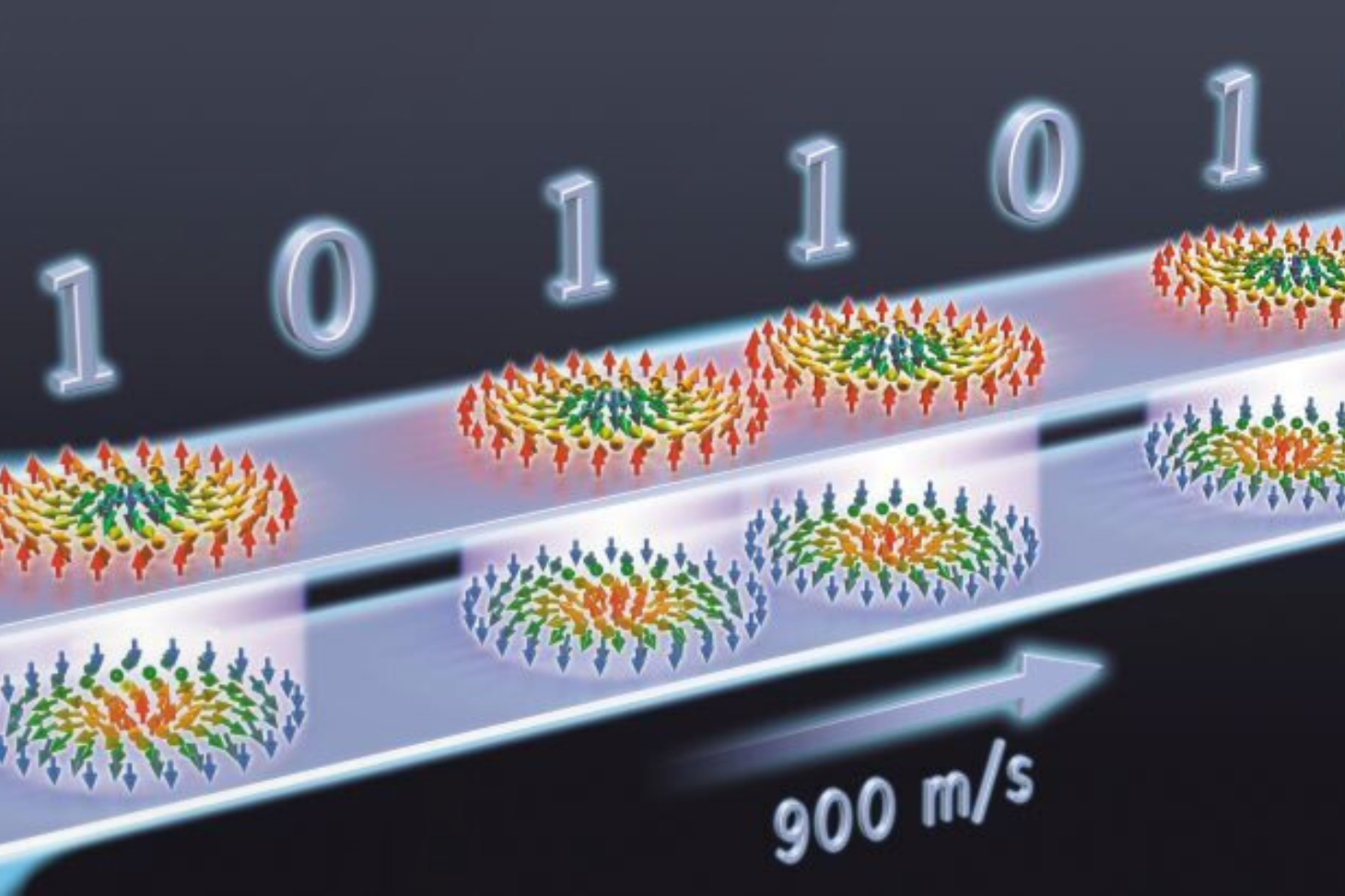- Université
- Ambition et stratégie
- France 2030
- Les documents stratégiques
- Les réalisations emblématiques
- L’institut grenoblois interdisciplinaire en intelligence artificielle (MIAI)
- Les cross-disciplinary programs (CDP)
- Unite! Un réseau d'universités axé sur l'innovation, la technologie et l'ingénierie
- Le projet Pegase : pour transformer les pratiques enseignantes de la maternelle au lycée
- Le projet Design / BuildLab
- Le projet Polinequal
- La Maison de la création et de l'innovation (MACI)
- La stratégie européenne des ressources humaines pour les chercheurs (HRS4R)
- Le programme de soutien à la vie étudiante "UGA, campus solidaires et citoyens"
- L'Initiative d'excellence Idex
- Le projet
- Volet recherche et valorisation
- Volet formation
- Accompagner et accélerer de nouvelles pratiques pédagogiques
- Promouvoir et soutenir l’entrepreneuriat étudiant
- Favoriser l'attractivité auprès des étudiants internationaux
- Favoriser la mobilité internationale des doctorants
- Soutenir l'organisation de summer schools
- Développer des projets étudiants multidisciplinaires
- Volet international
- Volet vie étudiante
- Volet rayonnement social et culturel
- Les évènements
- Les appels à projets
- Engagements
- Engagements environnementaux
- Climat
- Biodiversité
- Préservation des ressources
- Formation et recherche écoresponsables
- Achats responsables
- Numérique écoresponsable
- Egalité et lutte contre les discriminations
- Éthique et déontologie
- Engagements environnementaux
- Chiffres-clés et classements
- Organisation
- La gouvernance
- La présidence
- Le directoire
- Le conseil d'administration
- Le conseil académique
- La commission "Recherche"
- Délibérations de la commission recherche
- Délibérations de la commission recherche 2016-2017
- Délibérations de la commission recherche 2018-2019
- Délibérations de la commission recherche 2019-2020
- Délibérations de la commission recherche 2020-2021
- Délibérations de la commission recherche 2021-2022
- Délibérations de la commission recherche 2022-2023
- Délibérations de la commission recherche
- La commission "Formation et vie universitaire"
- Délibérations du conseil académique
- La commission "Vie étudiante"
- La commission "Recherche"
- Les structures académiques
- Les structures de recherche
- L'administration centrale
- International advisory board
- Arrêtés et délégations de signature
- La gouvernance
- Nos campus
- Travailler à l'université
- Histoire de l'UGA
- Ambition et stratégie
- Formation
- Pourquoi choisir l'UGA ?
- Catalogue des formations
- Graduate school
- Modalités de formation
- Formation continue
- Nos offres pour les particuliers
- Comprendre le fonctionnement de la formation continue
- Choisir votre formation
- Formations diplômantes
- Diplômes équivalents au baccalauréat
- Formations courtes
- Certifications en langues
- Linguaskill
- Certificat de compétence en langues de l'enseignement supérieur (CLES)
- Diplôme de compétence en langue (DCL)
- Diplôme d'études en langue française (DELF) et diplôme approfondi de langue française (DALF)
- International english language testing system (IELTS)
- Test de connaissance du français (TCF)
- Test of english as a foreign language (TOEFL)
- Test of english for international communication (TOEIC)
- Préparation au concours
- Blocs de compétences
- Valider vos acquis
- Consulter nos tarifs
- Financer votre projet
- Contacter un conseiller
- Les services proposés aux employeurs
- Nos offres pour les particuliers
- Formation en alternance
- Formation à distance
- Aménagement d'études pour les étudiants à besoins spécifiques
- Vous êtes en situation de handicap
- Vous êtes sportif de haut niveau
- Vous êtes artiste de haut niveau
- Vous êtes étudiant entrepreneur
- Vous êtes étudiant engagé
- Formation continue
- Admissions et inscriptions
- Candidater et s'inscrire
- Orientation, insertion, stage, emploi
- Passer du lycée à l'université
- Réussir sa licence
- Construire son parcours de formation
- Se réorienter
- Faire un stage
- Réaliser une année ou un semestre de césure
- Être acteur de son insertion professionnelle
- Mobilité internationale
- Partir étudier ou faire un stage à l'étranger
- Partir étudier à l'étranger dans le cadre d'un programme d'échange
- Partir étudier à l'étranger à titre individuel
- Suivre un diplôme en partenariat international
- Faire un stage à l'étranger
- Devenir assistant de langue ou lecteur
- Partir à l'étranger lorsque l'on est atteint d'un handicap
- Venir à l'UGA
- Partir étudier ou faire un stage à l'étranger
- Enrichir son parcours
- Devenir de nos diplômés
- Dispositifs innovants
- Recherche
- Ambition et stratégie de recherche
- Talents et découvertes
- Projets structurants et partenaires
- Projets structurants
- Partenaires de recherche
- Le Centre hospitalier universitaire Grenoble Alpes (CHUGA)
- Le Commissariat à l’énergie atomique et aux énergies alternatives (CEA)
- Le Centre national de la recherche scientifique (CNRS)
- L'Institut national de recherche pour l’agriculture, l’alimentation et l’environnement (INRAE)
- Le Centre Inria de l’Université Grenoble Alpes
- L’Institut national de la santé et de la recherche médicale (Inserm)
- L'institut de recherche pour le développement (IRD)
- Grandes infrastructures de recherche internationales
- Laboratoires internationaux
- Plateformes technologiques
- Laboratoires de recherche
- Le pôle "Chimie biologie santé" (CBS)
- Le pôle "Mathématiques, sciences et technologies de l’information et de la communication" (MSTIC)
- Le pôle "Physique, ingénierie, matériaux" (PEM)
- Le pôle "Physique des particules, astrophysique, géosciences, environnement et écologie" (PAGE)
- Le pôle "Sciences humaines et sociales" (SHS)
- Le pôle "Sciences sociales" (PSS)
- Les missions des pôles de recherche
- La gouvernance des pôles de recherche
- Boostez votre recherche
- Valorisation et transfert
- Doctorat
- Appels à projets
- Nous rejoindre
- Pourquoi faire de la recherche et enseigner à l'Université Grenoble Alpes ?
- Un écosystème scientifique attractif
- Un accompagnement au montage de projets de recherche
- Un service pédagogique innovant qui vous accompagne pour vos enseignements
- La stratégie européenne des ressources humaines pour les chercheurs (HRS4R)
- L'accueil des chercheurs, enseignants chercheurs, posts-doctorants et doctorants internationaux
- Consultez nos offres et candidatez
- Pourquoi faire de la recherche et enseigner à l'Université Grenoble Alpes ?
- Partenariats
- Décrypter l'université
- Entreprise
- Développer votre réseau
- Recruter et apprendre
- Former vos collaborateurs
- Innover par la recherche et l'expérimentation
- Créer ou développer votre entreprise
- Bénéficier de matériel d'exception
- Contribuer au projet de l'université
- Action publique et collective
- Rayonnement
- L’UGA et l’international
- L'UGA et ses territoires
- Sciences et société
- Le magazine (H)auteurs
- The Conversation
- La collection Actualités des savoirs d'UGA Éditions
- Les conférences d'exception
- La fête de la science
- Les cours en ligne "Zététique et autodéfense intellectuelle"
- Les conférences grands publics autour des sujets de société
- MT180
- Rencontres Montagne et science
- La semaine du cerveau
- Chiffres-clés et classements
- Campus


